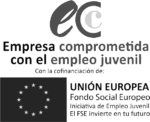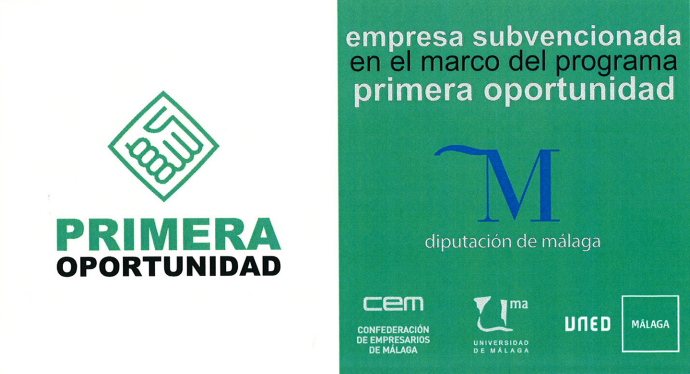This post provides an overview of the most relevant indicators for the fashion sector in Spain in 2017.
It will not only deal with a fashion industry snapshotThe event will also deal with topics of strategic interest to the sector, such as the funding status, sustainability or new behavioural habits and lifestyles.
Characteristics of the Study of the fashion sector in Spain
As for the turnover and turnoverthe 64% of the fashion companies noted an increase in figuresonly the 9% noted a detriment in turnover.
The forecasts for 2018 are quite positive. On the one hand, the 32% of fashion companies said the sector will improve compared to the previous year.. The 42% states that it will improve moderately. The most bitter side of this point is to be found in the 1% of companiesThe EU's economic growth rate is expected to fall substantially.
The rate of companies that increased the number of employees over the last year was 62%. In contrast, only the 5% fell back in number of employees.
The forecast in the Spanish fashion sector on the evolution of the workforceprovides that the 10% of companies will increase The number of staff has increased substantially over the year. The 10% says it will reduce its workforce. The bulk of this statistic is to be found in the percentage of enterprises that will moderately increase the number of staff, by around 46%.
Companies need to reinforce certain departments throughout their economic activity. The departments with the largest budget allocation are to receive are:
- In-store distribution, a department strengthened by the companies' 40%
- E-commerce, a department strengthened by the 24% of companies
- Product, design and purchasing, departments strengthened by the 17% of companies.
- Marketing and communication, departments strengthened by the 10% of companies.
- Corporate area, department strengthened by 5%
The level of exports in the fashion sector has decreased in 2016 compared to 2015. In 2015, domestic turnover was 60%, while in 2016, it was 39%.
The intention of fashion companies to invest abroad was also studied. This study has shown that the 42% of companies say they are certain to increase sales outside Spain. 25% say they are likely to increase. Only 3% of companies say that their foreign sales are likely to decrease.
On the other hand, the 56% expects to penetrate new markets in 2018as opposed to 44% which denies internationalisation.
The main criteria considered by companies for internationalisation were the following:
- 32% states that the main criterion is the economic situation in the country.
- 28% states that it is important to take into account the characteristics of the product
- The 17% needs local partners
- 15% states that an important criterion is competition in that country.
The distribution is another of the strong points of this study on the fashion sector in Spain. The 37% for fashion companies claim that will certainly increase the network of own shops.. 24% consider that it is likely to decrease.
On the other hand, the 26% of fashion companies say they are certain to increase their franchise network. The 40% is expected to remain stable.
For the fashion companies surveyed, the most important distribution channel in the short and long term is the own shops.38% of the fashion companies. 29% say that the ideal distribution channel used is multi-brand; 18% say online and 14% say franchising.
The 85% of fashion companies in Spain have an e-commerce site to sell their products. But the omni-channel process is not over for 98% of fashion companies, so it is considered that there is still a long way to go in the digital world.









